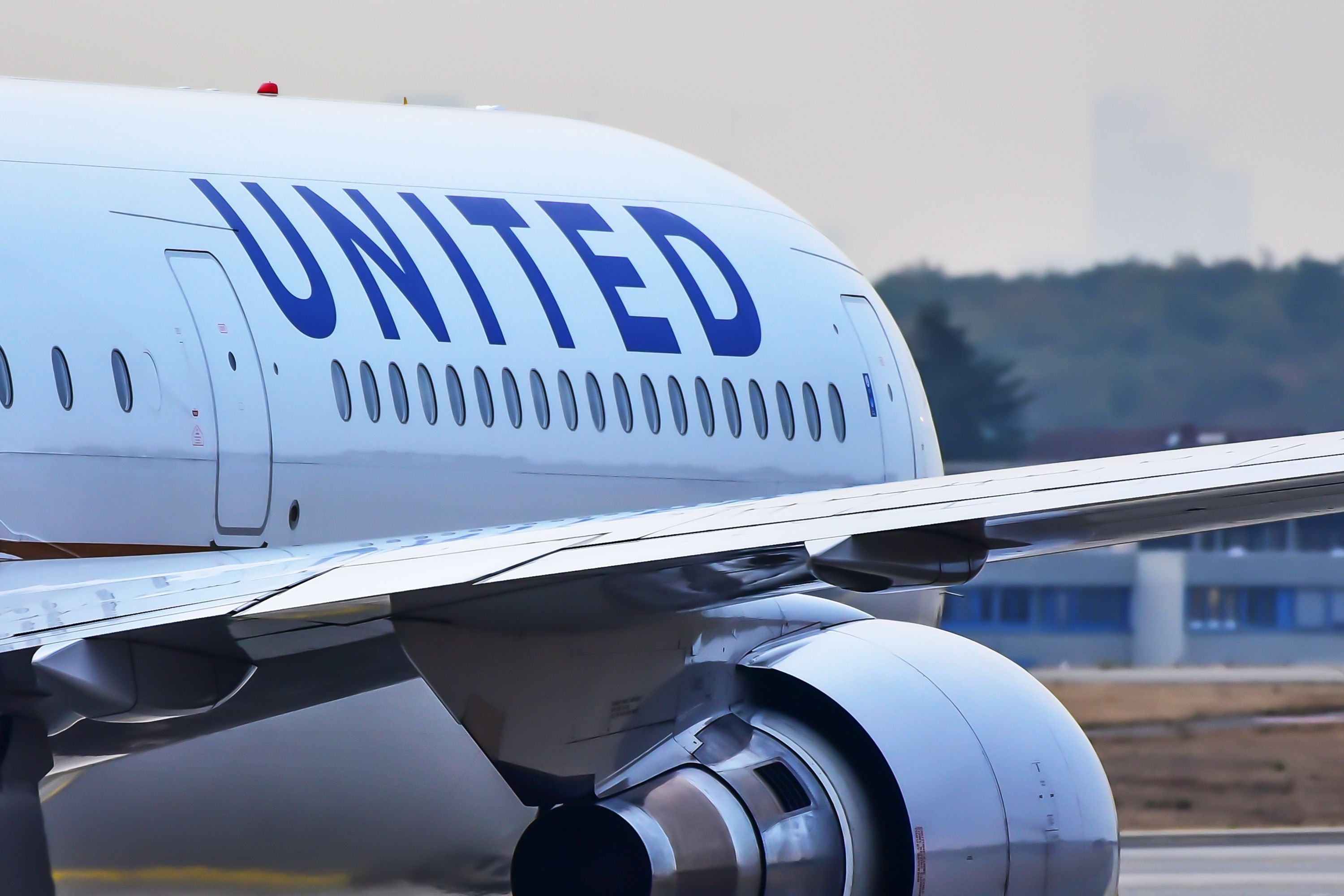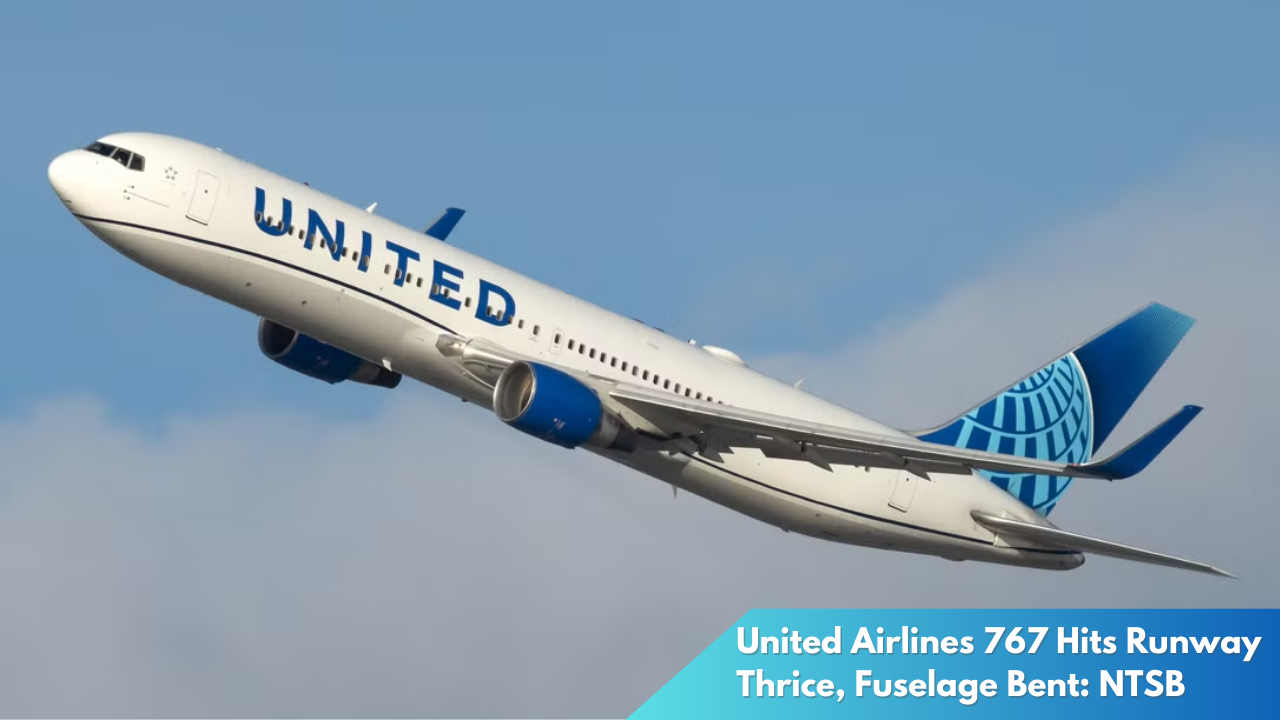United Airlines 767 Hits Runway Thrice, Fuselage Bent: NTSB
A recent incident involving a United Airlines Boeing 767 has captured attention across the aviation community, as the aircraft reportedly made multiple impacts with the runway during a landing attempt, resulting in a bent fuselage. The event has prompted an investigation by the National Transportation Safety Board (NTSB), aiming to uncover the causes and potential factors contributing to this unusual landing occurrence.
United Airlines 767 Makes Triple Runway Impact

A United Airlines Boeing 767 experienced an atypical landing sequence when it reportedly made contact with the runway three times before coming to a stop. The incident occurred during a routine landing, creating a scenario that diverges from standard landing protocols. Passengers and crew onboard were understandably shaken, although initial reports indicate no severe injuries occurred. The aircraft, however, sustained notable damage, leading to an immediate examination of the events that unfolded during the landing attempt.
Eyewitness accounts from the runway suggest that the aircraft approached the runway at a steep angle, resulting in a hard initial impact. This first contact was followed by a brief bounce, leading to two subsequent touchdowns before the plane finally settled on the tarmac. Such a sequence of impacts is rare in commercial aviation, where smooth landings are the norm. The reasons behind this unusual landing pattern remain unclear, prompting aviation authorities to launch a comprehensive investigation.
The incident has drawn significant attention due to the potential implications for safety protocols and pilot training. While the specifics of the flight path and environmental conditions at the time are still being analyzed, the repeated runway impacts highlight the need for a detailed examination of aircraft handling and response under potentially challenging landing conditions. The investigation will focus on understanding what went awry in the cockpit and whether mechanical factors played a role in the aircraft’s behavior.
NTSB Investigates Bent Fuselage Incident

In response to the incident, the National Transportation Safety Board (NTSB) has initiated a thorough investigation to determine the causes behind the multiple runway impacts and the resulting damage to the airplane’s fuselage. The bent fuselage is a key point of concern, as it suggests significant force was exerted on the aircraft structure during landing. The NTSB’s team of experts is expected to analyze flight data recorders, cockpit voice recordings, and any available eyewitness testimonies to piece together a comprehensive timeline of events.
This investigation will explore several potential factors, including pilot performance, aircraft maintenance records, and any external conditions such as weather or air traffic control communications that may have influenced the landing. The NTSB will also assess the aircraft’s technical systems, looking for any mechanical failures or anomalies that could have contributed to the series of impacts. By examining these elements, the board aims to prevent similar occurrences in the future by enhancing guidelines and safety measures.
As the investigation progresses, the aviation industry watches closely for any findings that may lead to changes in regulatory practices or operational procedures. The outcome of the NTSB’s investigation could hold implications for pilot training protocols, emphasizing scenarios that involve challenging landings. Meanwhile, United Airlines has reportedly expressed full cooperation with the NTSB and is conducting its internal review to ensure the highest standards of safety are maintained for all future flights.
The incident involving United Airlines’ Boeing 767 serves as a stark reminder of the complexities and challenges inherent in aviation operations. While the outcome was ultimately devoid of serious injury, the unusual circumstances of the landing underscore the importance of ongoing vigilance and rigorous safety standards within the industry. As the NTSB continues its investigation, the findings will be crucial in shaping future safety protocols, ensuring that every flight remains as secure and reliable as possible for passengers and crew alike.



